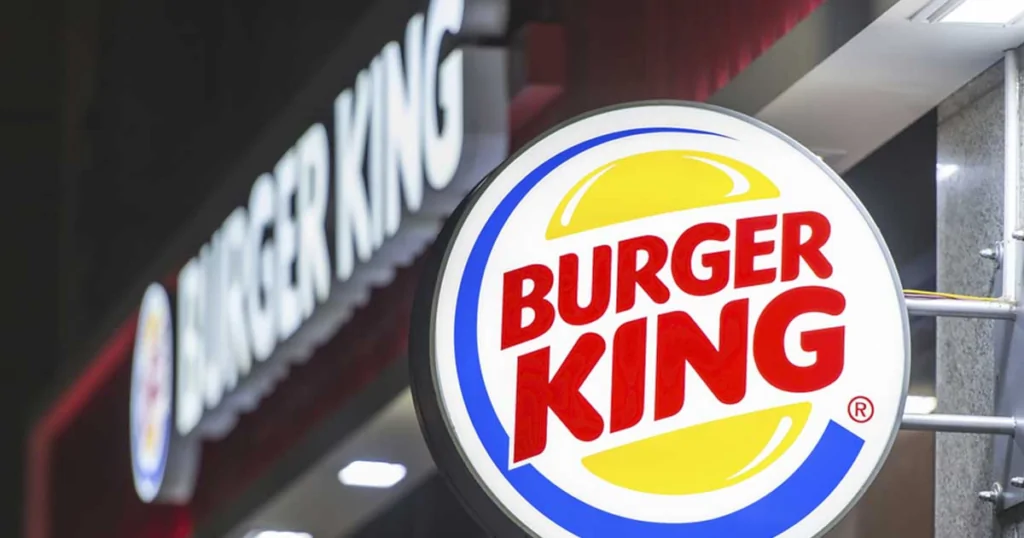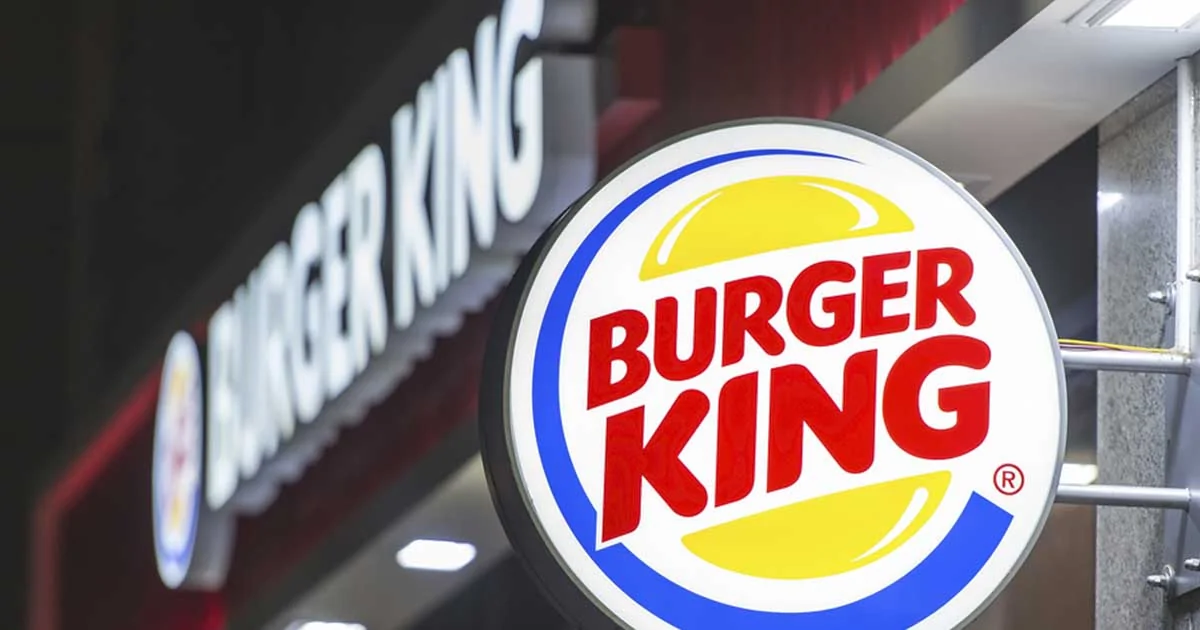
Popular fast-food chain Burger King has taken the risky step of shuttering a significant portion of its locations in the US. This action is a part of the company’s efforts to improve operations and rebrand. Let’s look more closely at the reasons behind Burger King’s seismic change and how it might affect you.
Making Burger King locations more efficient.
In order to operate at its best, Burger King has a history of closing a number of locations each year. However, the most recent information about 400 closures in the United States represents a more significant development. The business is committed to upholding high operational standards, as CEO Joshua Kobza has emphasized.
They want franchisees to run eateries that perform better than the system average, and they plan to phase out those who don’t. By making this tactical decision, Burger King is able to focus its resources on creating profitable locations and improving overall performance.
Technique for Modernization and Rebranding.
The decision by Burger King to close many locations is a part of a larger plan to rebrand the business and strengthen its position in the cutthroat fast food industry. The company began the “Reclaim the Flame” rebranding effort in 2022, investing $400 million across a number of initiatives. The appeal of the brand is intended to be revitalized by new advertising campaigns, simplified menu options, and extensive restaurant renovations.
As part of its dedication to modernity, Burger King plans to invest $50 million over the following two years in nearly 3,000 outlets. To enhance the entire client experience, these upgrades will also include technological advancements, kitchen upgrades, and physical modifications. Modern consumer expectations are met by three-lane drive-thrus and inventive delivery methods, which keep Burger King competitive in the fast food industry.
Future Directions for Burger King.
Burger King will face both internal and external issues as it makes this strategic transition. Due to outdated digital infrastructure, the company struggled to adapt to digitalization during the pandemic, which limited its ability to handle the increasing demand for online orders and deliveries. The Impossible Burger and other experimental menu items produced their own set of problems that required careful navigation.
Burger King reported an 8.7 percent increase in comparable sales for the first quarter of 2023 despite the closures. This positive trend shows that the brand’s decreased offerings, rebranding initiatives, and targeted restaurant closures are paying off.
Burger King’s strategic initiatives become even more crucial as it competes with fast-food titans like McDonald’s and Wendy’s as well as newcomers like Five Guys and Shake Shack. In order to retake market share and redefine its position in the fast-food industry, Burger King is rebranding itself, updating its menu, and providing immersive dining experiences.
Beyond simple operational adjustments, Burger King intends to close a significant portion of its eateries. It is a deliberate action taken in the direction of brand redesign, operational optimization, and enhanced customer experiences.
This change takes place at a crucial point in the fast food industry’s evolution to accommodate shifting consumer tastes. With rebranding initiatives, modernization investments, and targeted closures that may alter its competitive position and redefine industry norms, Burger King is getting ready for a dynamic comeback.


